Collections
Filters
-
Collection Type
-
-
Collection |
 Sex and gender in science
Sex and gender in science
Fraught societal debates, particularly surrounding gender identity, are raising new questions about how to best take account of sex and gender in research, both in human health and elsewhere – even as scientists are increasingly recognizing that they must move beyond paradigms based on extrapolating findings from men or male animals.
Image: Sophi Gullbrants -
Collection |
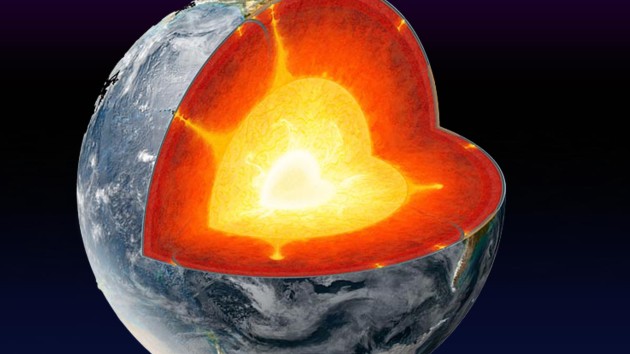 Constraints on mantle heterogeneity
Constraints on mantle heterogeneity
Understanding the heterogeneities in Earth’s mantle, including their origin, structure, and variability, is crucial for comprehending the long-term history of internal changes that have shaped our planet.
Image: Dorling Kindersley: Arran Lewis / NASA / Alamy Stock Photo -
Collection |
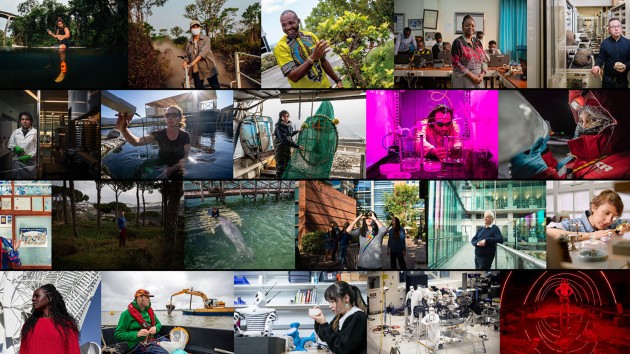 A photographic exhibition of scientists at work
A photographic exhibition of scientists at work
What does a scientist do, where do they work, and what do they look like? Nature marked its 150th anniversary in 2018 by introducing a weekly photo essay profiling a scientist in their workplace. Since then, the Where I Work section has showcased more than 200 scientists from more than 70 countries at work in labs, during fieldwork, running companies, funding agencies, treating patients and teaching children. The photographs, now exhibited in King’s Cross, London, depict and celebrate the diversity of science and scientists.
-
Collection |
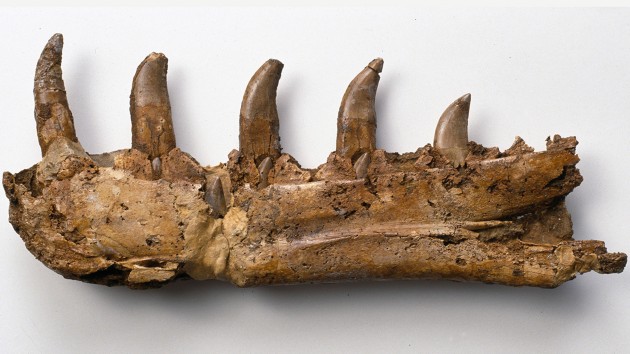 Dinosaur 200th Anniversary Collection
Dinosaur 200th Anniversary Collection
2024 marks 200 years since William Buckland reported his research on Megalosaurus, later recognised as the first non-avian dinosaur genus to be formally named by science.
Image: The Natural History Museum / Alamy Stock Photo -
Collection |
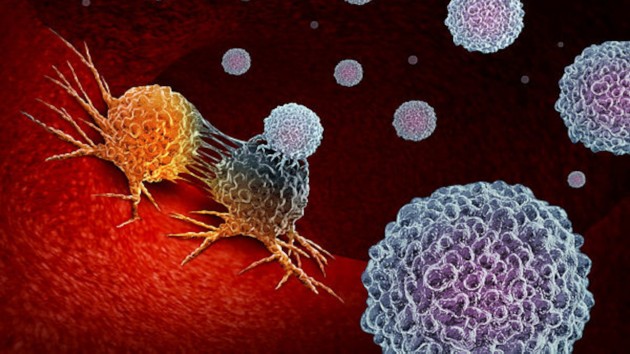 Neoadjuvant immunotherapy
Neoadjuvant immunotherapy
With this Collection, a partnership between Nature, Nature Medicine and Nature Communications, we welcome submissions of primary research papers that focus on neo-adjuvant immunotherapies and related combinatorial approaches (such as radio-immunotherapy or chemo-immunotherapy).
Image: wildpixel / Getty Images / iStockOpen for submissions -
Collection |
 Best Practices in Method Reporting
Best Practices in Method Reporting
Detailed method reporting is essential for research reproducibility and trust in published results.
Image: Sam Whitham -
Collection |
 Brain Initiative Cell Census Network 2.0
Brain Initiative Cell Census Network 2.0
A little over two years ago we published the first installment of an initiative to identify and catalog the diversity of cell types in mammalian brains.
Image: Jasiek Krzysztofiak / Nature -
Collection |
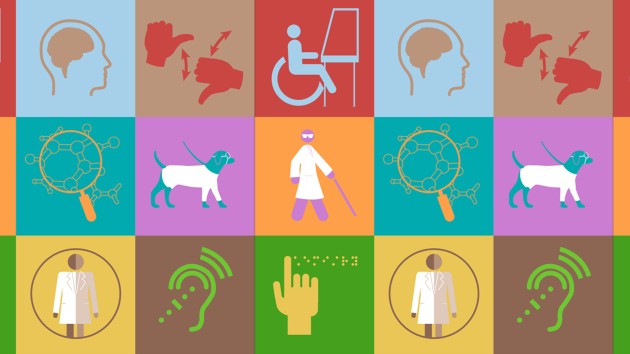 Disability inclusion in chemistry
Disability inclusion in chemistry
A collection to highlight an all-too-often overlooked aspect of DEI in chemistry: disability.
Image: Carl Conway -
Collection |
 ChatGPT’s impact on careers in science
ChatGPT’s impact on careers in science
Generative AI systems, such as ChatGPT, are having a profound impact on how science is done.
Image: The Project Twins -
Collection |
 Air pollution and global solutions
Air pollution and global solutions
Air pollution is a leading environmental risk to public health globally.
Image: Roy Johnson / Alamy Stock Photo -
Collection |
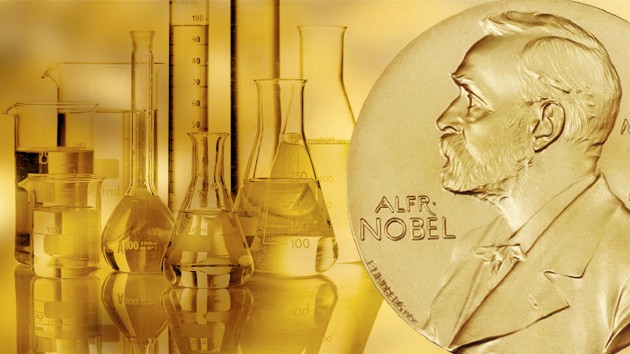 Nobel Prize in Chemistry 2023
Nobel Prize in Chemistry 2023
The 2023 Nobel Prize in chemistry has been awarded to Moungi G. Bawendi, Louis E. Brus and Alexei I. Ekimov for the discovery and synthesis of quantum dots.
Image: Springer Nature/The Nobel Foundation/Imagesource

 Molecular Transducers of Physical Activity Consortium (MoTrPAC)
Molecular Transducers of Physical Activity Consortium (MoTrPAC)